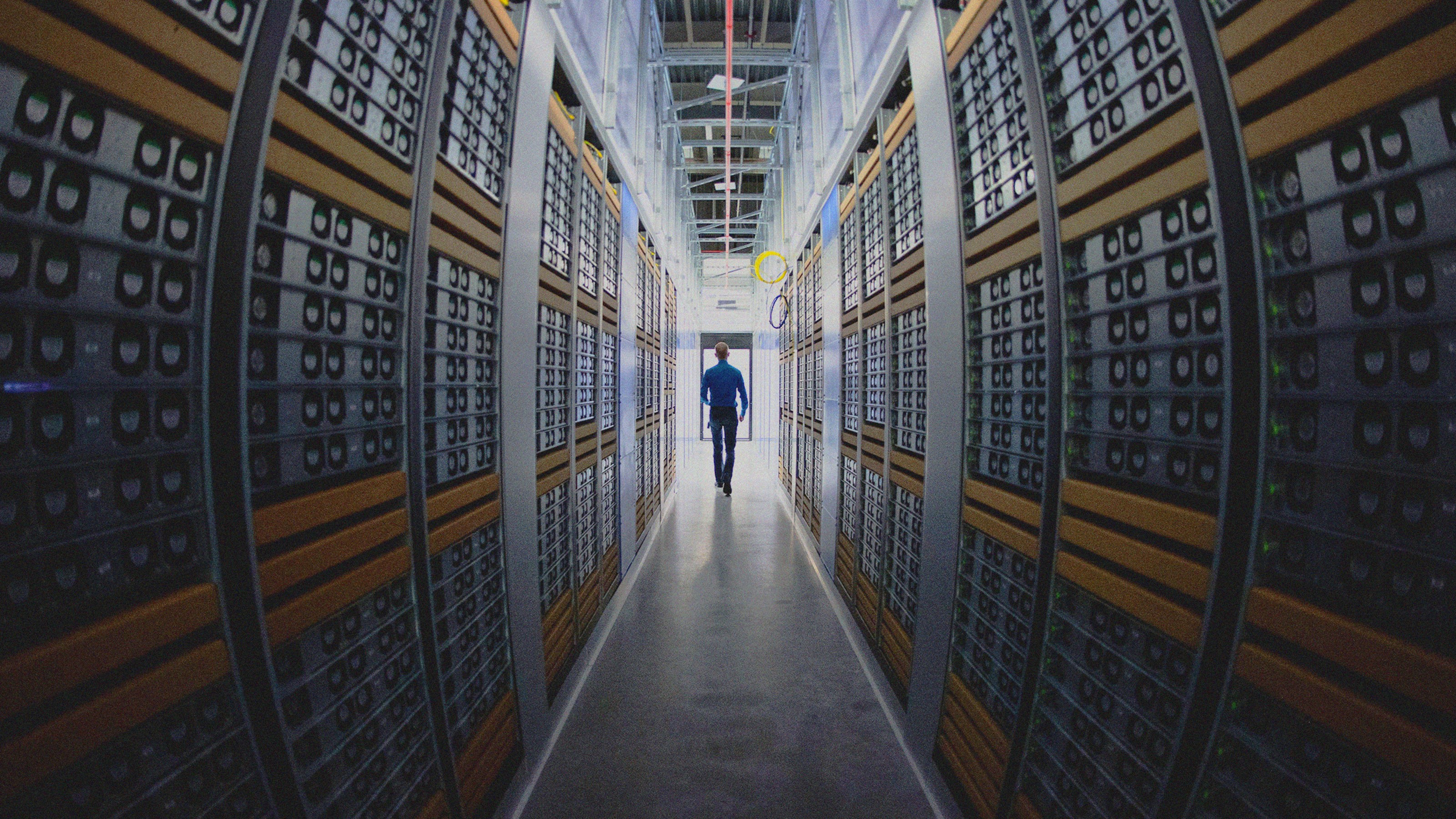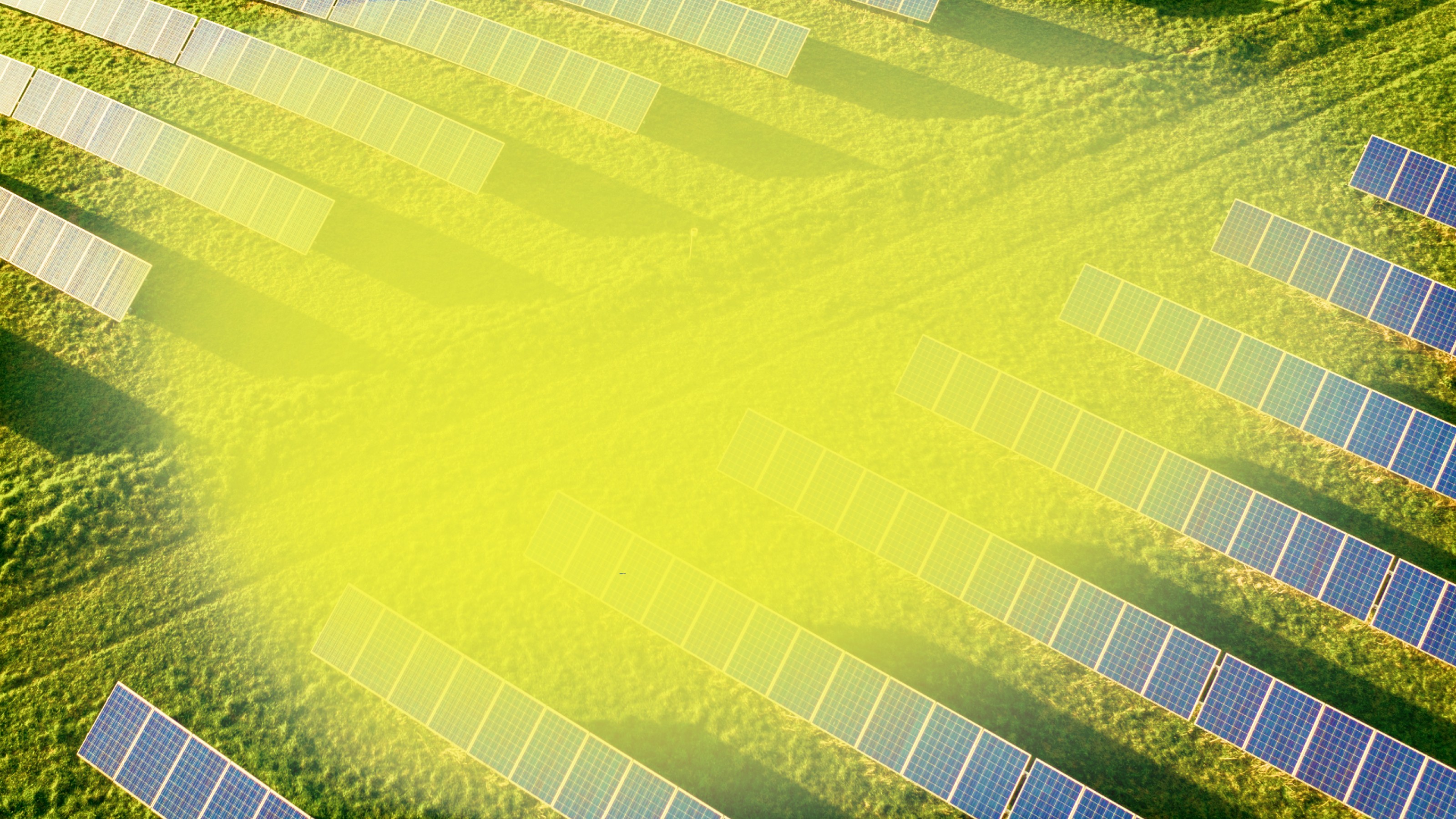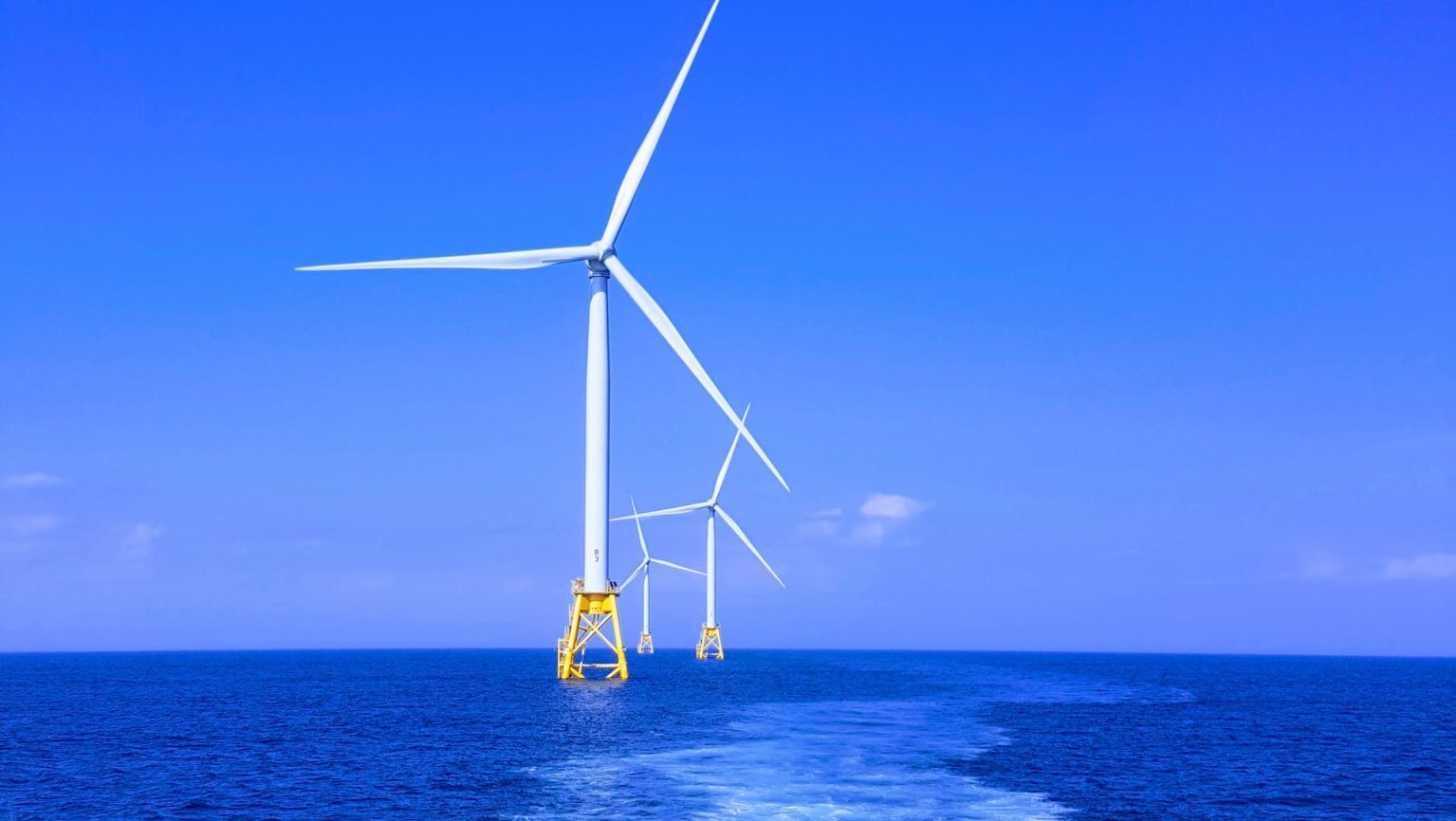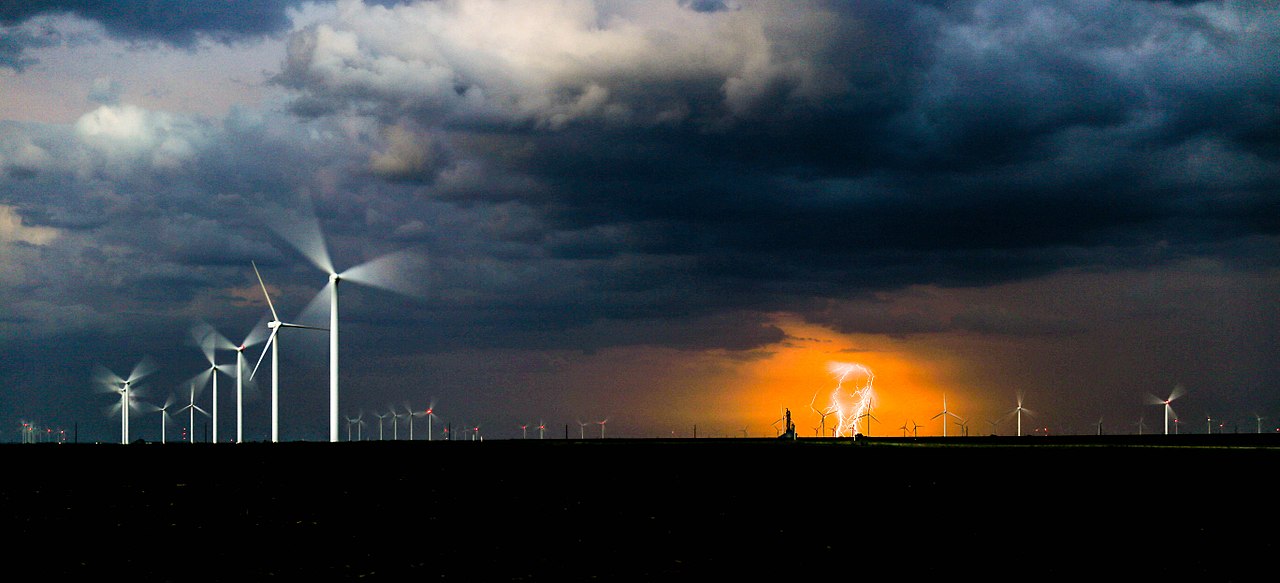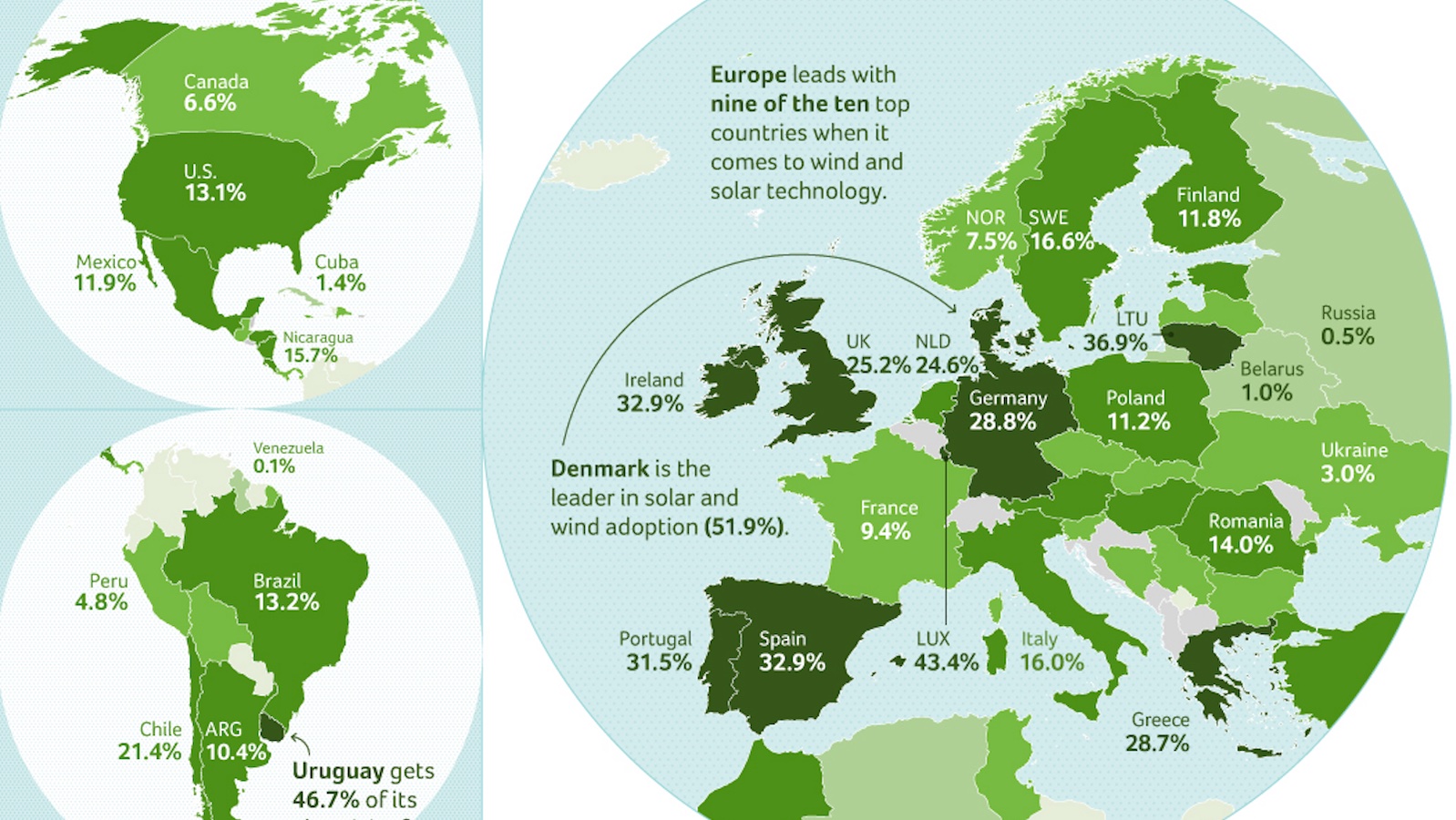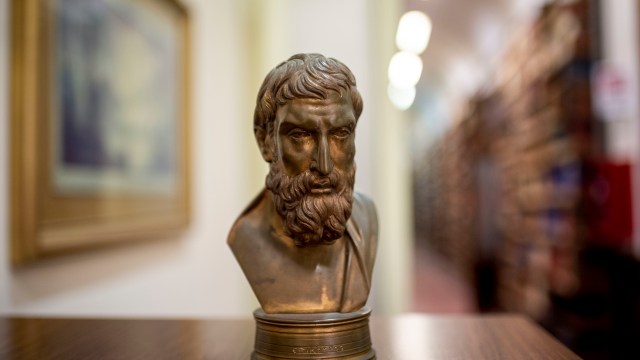Kenya launches Africa’s largest wind farm
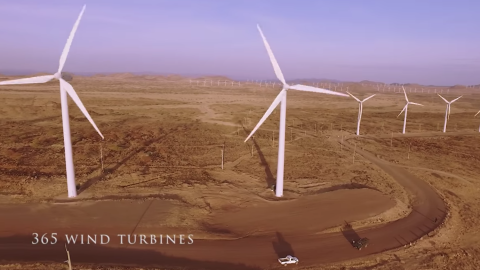
- The new wind farm is located in a remote part of Kenya with strong winds.
- Kenya is leading Africa in terms of renewable energy and hopes to soon cease its reliance on fossil fuels altogether.
- Globally, China represents the biggest market for wind power.
Kenya has launched Africa’s largest wind farm, a move that should bring the nation closer to its ambitious goal of 100 percent green energy by 2020.
Lake Turkana Wind Power includes 365 turbines in northern Kenya near Lake Turkana, a remote area with strong winds. It’s estimated to produce about 310 megawatts — or enough electricity to power about 330,000 local homes — contributing approximately 15 percent of the nation’s total power supply.
“Today, we again raised the bar for the continent as we unveil Africa’s single largest wind farm,” said Kenyan President Uhuru Kenyatta. “Kenya is without doubt on course to be a global leader in renewable energy.”
One major benefit of Lake Turkana Wind Power is that it’s expected to lower costs of electricity for many of the nation’s 52 million people. That’s mainly because the wind farm will sell electricity to Kenya Power & Lighting Company Ltd — the nation’s biggest utility company — at a fixed price. Lake Turkana Wind Power cost about $700 million to develop, and was paid for by an international consortium of lenders and producers, including the Danish Climate Investment Fund, which was established to invest in renewable energy projects in developing nations.
Carlo van Wageningen, co-founder and board member of Lake Turkana Wind Power, said the new wind farm is a “perfect example of a PPP, which is a private-public partnership.”
Kenya’s renewable energy sector is by far the strongest in Africa. The nation currently generates about 70 percent of its electricity from renewable sources, primarily hydropower and geothermal. Kenya ranks 9th in the world for its geothermal power generating capacity of up to 700 megawatts, according to the Renewables 2018 Global Status report. Lake Turkana Wind Power isn’t the continent’s only wind farm — other large-scale farms are currently operating in Morocco, Ethiopia and South Africa.
Globally, China is leading the way in wind power. In 2018, the nation “installed an additional capacity of 21 Gigawatt and has become the first country with an installed wind power capacity of more than 200 Gigawatt,” reads a report from the World Wind Energy Association (WWEA). “It has re-taken the growth path after a not-so-strong year in 2017 when a comparatively modest 19 Gigawatt were installed. China continues its undisputed position as the world’s wind power leader, with an accumulated wind capacity of 217Gigawatt.”
The U.S. has the second largest wind power market, and soon will likely become the second nation to reach an installed capacity of more than 100 Gigawatts, according to the WWEA.
